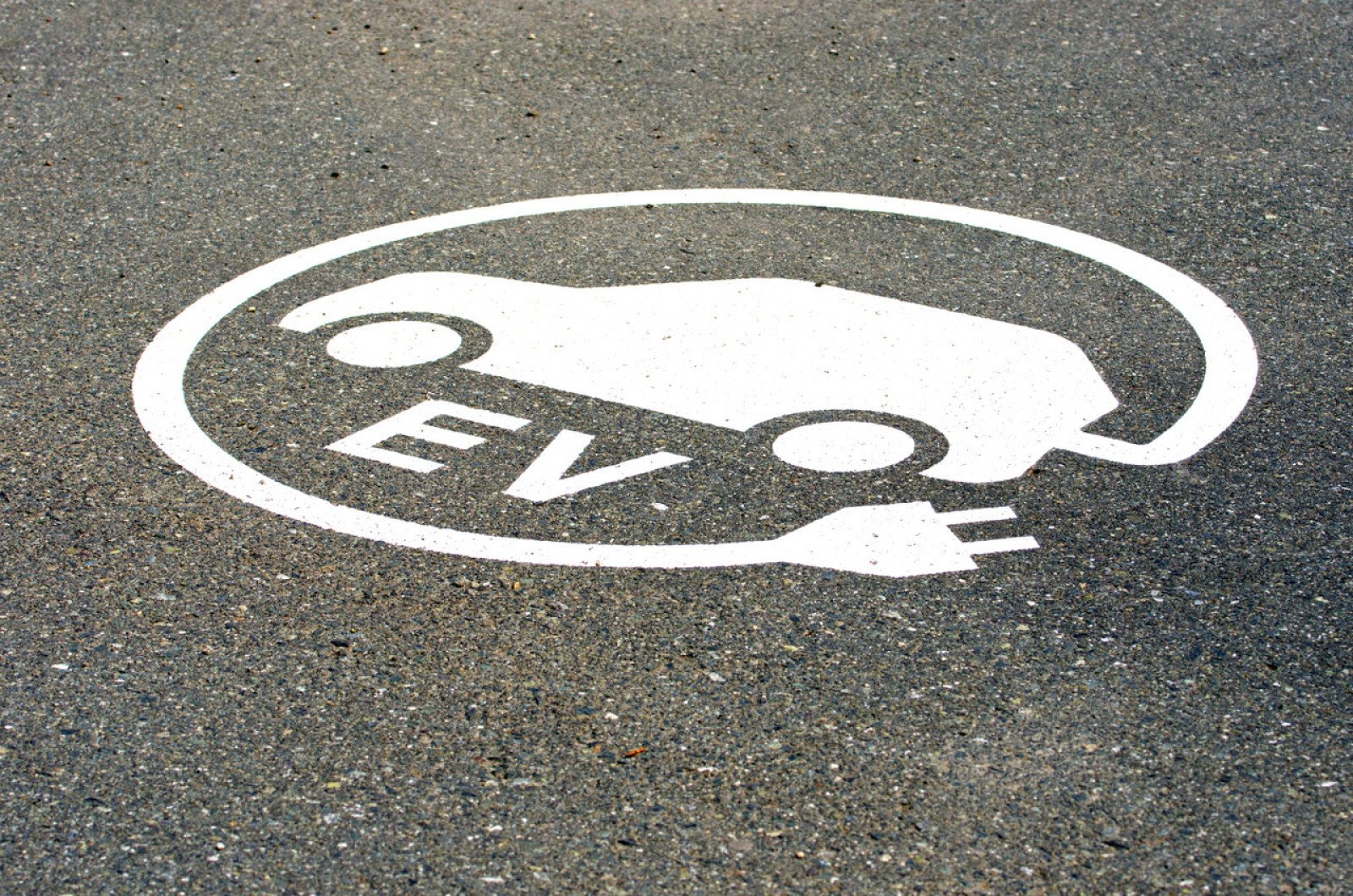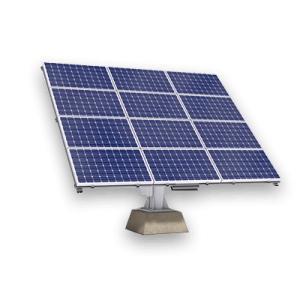EV truths and myths
Spark curiosity by exploring information about electric vehicles, how they are being used locally and around the world and how they impact the environment.

Overview
There are many truths and myths surrounding electric vehicles (EVs). In this activity, students will gain a better understanding of EVs, how they are used, and how they can contribute to a low-carbon future.
Instructions
What you'll need
- Scrap paper and markers for each student, to make “truth” and “myth” signs
- “EV truths and myths” slideshow
- “EV research” student handout, print one copy per student
- Access to the internet or other research tools
- "Electric cars & global warming emissions" video
EV truths and myths quiz game
- Begin by asking students questions like:
- What kinds of EVs are on the market?
- What do they already know about EVs?
- What are some advantages and disadvantages of EVs?
- Pull up the “EV truths and myths” slideshow to explore what is true and false about EVs.
- At slide 2, ask students to make “truth” and “myth” signs to respond to the statements.
- At slide 3, ask students to decide if the statement is a “truth” or “myth” and hold up their answer. Slide 4 provides the answer with some additional information.
- Continue to slide 8 and show the video on comparing emissions from gas versus electric cars. Discuss that in B.C. we have clean renewable electricity produced from falling water so EV emissions here would be significantly less than shown in the video.
- Continue to slide 26 and show the video with Dave, from BC Hydro, interviewing EV owners on their EV experience.
- At slide 27, invite students to discuss the advantages and disadvantages of EV ownership, encouraging students to critically think about the personal, social, environmental and financial issues around EVs.
EVs around the world
- Lead students in a discussion about the adoption of EVs in recent years and consider what global factors may have led to this rise in interest. Guide the discussion with ideas like:
- Increase in climate change awareness and concern
- Air pollution in cities
- Improved EV technology and driving range
- Increase in gas prices
- Popularity of specific brands
- Challenge students to consider that replacing personal gas vehicles with personal electric vehicles is only part of a sustainable transportation solution. There are high-energy costs for production of cars, infrastructure for parking, vehicle charging, and roads. Ask students to envision a sustainable city, with other modes of transport like:
- Electric, accessible public transportation (buses, trains)
- EV car share companies
- Electric bikes and scooters
- Walkable city designs, bike paths, side walks
- Provide each student with a copy of the “EV research” student handout. Divide students into small groups and using the handout to guide their research, ask each student in the group to research an EV from a different car manufacturer.
- Once the individual research is completed, groups can compare the unique features of the EVs.
Modify or extend this activity
Extensions
- Ask students to create an advertisement to promote the benefits of electric vehicles. Students can choose any category of EVs like public transport, personal cars, car share, e-bikes or e-scooters and share the benefits of this mode of electric transport for the community. The advertisement format could be a website, poster, video or social media post. As a class, ask students to share their advertisements.
- Watch the film “Who killed the electric car” (2006) to learn more about the history of electric cars.
Modifications
- Students can participate in these activities in school or at home.
Curriculum Fit
Entrepreneurship and Marketing 10
Content
- Life cycle of a product from invention/innovation to the marketplace
- Ethical marketing strategies
- Forms of marketing
- Online marketing concepts
- Customer needs, wants, and demands
Media Design 10
Content
- Design opportunities
- Media technologies
- Techniques for organizing ideas to structure stories or information and to create points of view in images
Curricular competencies
Applied design
- Understanding context: Engage in a period of research and empathetic observation
- Defining: Identify potential users and relevant contextual factors for a chosen design opportunity, and identify criteria for success, intended impact, and any constraints
Science 10, 11
Content
- Local and global impacts of energy transformations from technologies (Science 10)
- Actions and decisions affecting the local and global environment (Science for Citizens 11)
Curricular competencies
Questioning and predicting
- Demonstrate a sustained intellectual curiosity about a scientific topic or problem of personal interest
- Make observations aimed at identifying their own questions, including increasingly complex ones, about the natural world
Social Studies 10, 11
Content
- Environmental, political and economic policies (Grade 10)
- Natural resource use and local, regional, national, or global development (Grade 11)
Marketing and Promotion 11
Content
- Marketing and promotion opportunities within the local community
- Marketing processes, including the AIDA (Attention, Interest, Desire, Action) model
- Social marketing and ethical marketing
Automotive Technology 11
Content
- Emerging and alternative energy sources used to power automotive vehicles
Economics 12
Content
- Consumer choice and elasticity
- Government actions and impact on the market
- Competition in the market
- Global markets
- Economics in everyday life
- Interpersonal and presentation skills to promote products or services and to interact with potential customers/clients
Entrepreneurship 12
Content
- Types of business ventures and social entrepreneurship
- Design for the life cycle
- Interpersonal and presentation skills to promote products and/or services and to interact with clients
Economics 12, Entrepreneurship 12
Curricular competencies
Applied design
- Generate ideas, individually and collaboratively
- Critically analyze how competing social, ethical, and sustainability factors impact the economics of global needs for preferred futures
Applied technologies
- Explore existing, new, and emerging tools, technologies, and systems to further support facts and findings
- Evaluate impacts, including unintended negative consequences, of choices made about technology use
- Analyze the role and personal, interpersonal, social, and environmental impacts of technologies in societal change
- Examine and analyze how cultural beliefs, values, and ethical positions affect the economics of the development and use of technologies on a national and global level
Assessments
- Assess the students’ understanding of EVs and their use globally and locally.
- Assess the students’ ability to do research to find specific information on EVs.
- Assess the students’ presentation of information and facts about EVs.
Teaching Notes
Sustainable cities
Transportation is a major contributor to climate change and pollution. The Government of Canada estimates that 14,600 premature deaths per year in Canada can be linked to air pollution from fine particulate matter, nitrogen dioxide and ozone. See: Fuels and air pollutions and Health effects of air pollution.
EVs are one solution to tackle these issues of climate change and air pollution. However equally important are other sustainable modes of transportation and community design, like walkable communities, accessible public transportation, bike lanes, and other low-carbon options.
Electrification
Electrification refers to switching from fossil fuels like gasoline, diesel and natural gas to clean electricity. Teach your students about electrification and making the switch to clean energy with this video.
BC Hydro’s renewable electricity
BC Hydro uses the power of falling water to create clean, reliable and renewable electricity. With respect to lower emissions and air quality EVs make sense but particularly in B.C. since the majority of our electricity is renewable. See here for an analysis of the costs of electric vehicles.
BC Hydro is supporting electric vehicle adoption in B.C. by working with local, provincial and federal governments on initiatives to expand its fast charging station network. There are currently more than 1,000 charging stations (including 30 fast charging stations) in B.C. For more information on EVs in our province, go here.








